Home>Construction & Tools>Building Materials>What Caulking To Use For Stucco Cracks
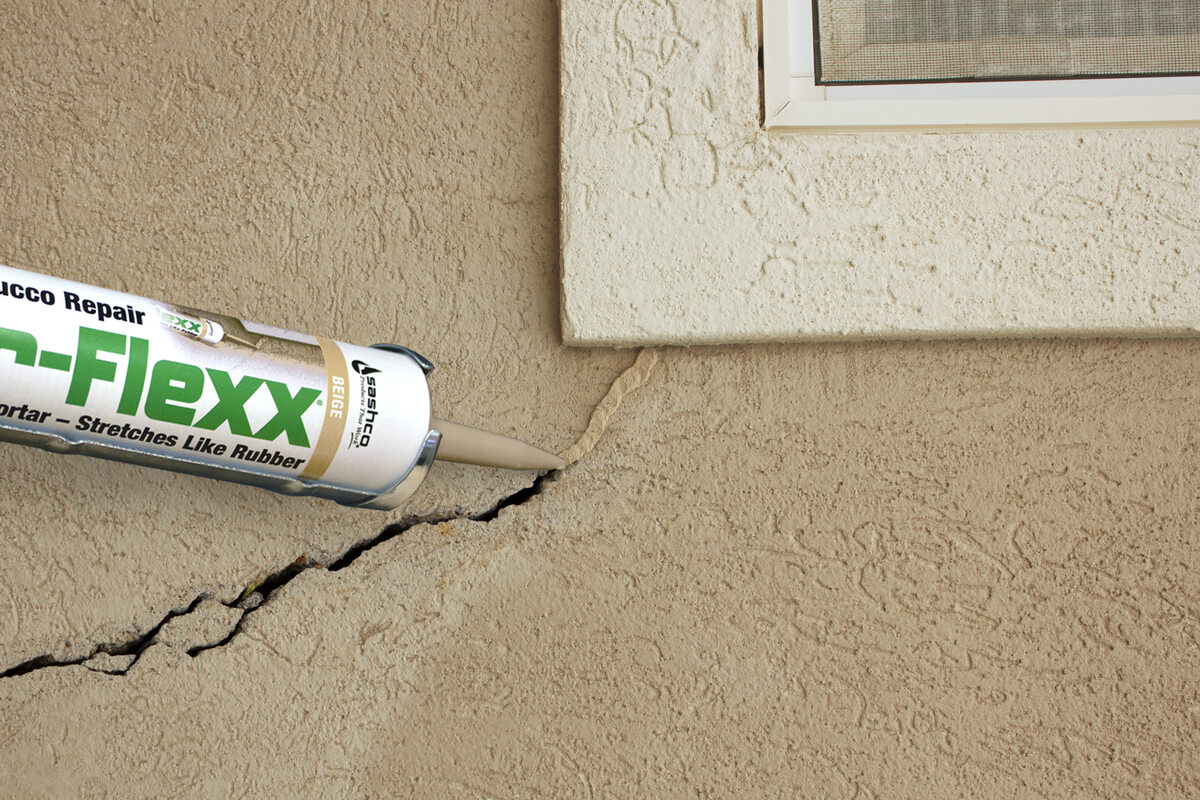

Building Materials
What Caulking To Use For Stucco Cracks
Modified: February 18, 2024
Learn about the best caulking for repairing stucco cracks. Find the right building materials for your stucco repair project.
(Many of the links in this article redirect to a specific reviewed product. Your purchase of these products through affiliate links helps to generate commission for Storables.com, at no extra cost. Learn more)
**
Introduction
**
When it comes to maintaining the integrity and aesthetics of your home's exterior, addressing stucco cracks is a crucial task. Stucco, a popular choice for its durability and timeless appeal, can develop cracks over time due to various factors such as settling, temperature changes, or structural movements. These cracks not only detract from the visual appeal of your home but also pose a risk of water infiltration, potentially leading to more severe damage.
In the battle against stucco cracks, caulking emerges as a vital ally. By selecting the right caulk and employing proper application techniques, you can effectively seal and repair these cracks, safeguarding your home from potential water damage and preserving its curb appeal.
In this comprehensive guide, we will delve into the world of caulking for stucco cracks, exploring the different types of caulk available, essential factors to consider when choosing the right product, and step-by-step instructions for applying caulk to stucco cracks. Whether you're a seasoned DIY enthusiast or a homeowner seeking to tackle stucco maintenance, this article will equip you with the knowledge and insights needed to make informed decisions and achieve professional-quality results. Let's embark on this journey to discover the art and science of caulking for stucco cracks.
Key Takeaways:
- Protect your home’s stucco exterior by choosing the right caulk to seal and repair cracks, preventing water damage and preserving its timeless appeal.
- Select the best caulk for stucco cracks based on flexibility, weather resistance, adhesion, and durability to ensure long-lasting repair and protection against the elements.
Read more: How To Fix A Crack In Stucco
Importance of Caulking for Stucco Cracks
Understanding the significance of caulking for stucco cracks is essential for homeowners looking to preserve the structural integrity and visual appeal of their properties. Stucco, a popular exterior finish known for its durability and timeless charm, is susceptible to developing cracks over time due to various factors such as settling, temperature fluctuations, and natural wear and tear. These cracks not only compromise the aesthetic appeal of the stucco surface but also create potential entry points for moisture, which can lead to more severe structural issues if left unaddressed.
By utilizing high-quality caulking products specifically designed for stucco repair, homeowners can effectively seal these cracks, preventing moisture intrusion and thwarting further deterioration. The importance of caulking for stucco cracks can be summarized as follows:
- Waterproofing: Caulking serves as a barrier against water infiltration, safeguarding the underlying structure from moisture-related damage. Properly sealed stucco cracks can prevent water from seeping into the building envelope, mitigating the risk of mold growth, wood rot, and other moisture-related issues.
- Structural Preservation: Cracks in stucco can compromise the structural integrity of the exterior surface. Caulking helps reinforce the stucco, preventing the cracks from widening and minimizing the potential for further damage.
- Aesthetic Enhancement: Cracked stucco detracts from the visual appeal of a home. By filling and sealing the cracks with the appropriate caulk, homeowners can restore the smooth, uniform appearance of the stucco surface, enhancing the overall curb appeal of their property.
- Energy Efficiency: Properly sealed stucco helps maintain the thermal efficiency of the building envelope, reducing energy loss and enhancing the overall energy performance of the home.
- Long-Term Cost Savings: Addressing stucco cracks with caulking in a timely manner can prevent more extensive and costly repairs down the line, ultimately saving homeowners from the burden of major structural renovations.
By recognizing the pivotal role of caulking in stucco maintenance, homeowners can proactively protect their investment, prolong the lifespan of their stucco exterior, and uphold the visual appeal of their properties for years to come.
Types of Caulk for Stucco
When it comes to repairing stucco cracks, selecting the right type of caulk is paramount to achieving durable, long-lasting results. The market offers a variety of caulking products, each tailored to specific applications and conditions. For stucco repair, it’s essential to choose a caulk that can withstand the unique challenges posed by exterior environments, including exposure to UV rays, temperature fluctuations, and moisture. Here are some common types of caulk suitable for stucco repair:
- Acrylic Latex Caulk: This versatile caulk is well-suited for filling hairline cracks and small gaps in stucco. It offers good adhesion to both porous and non-porous surfaces, making it an ideal choice for minor stucco repairs. Acrylic latex caulk is paintable and typically comes in a range of colors to match the existing stucco finish.
- Silicone Caulk: Known for its exceptional flexibility and weather resistance, silicone caulk is an excellent option for sealing larger stucco cracks and gaps. It remains flexible over time, allowing for natural expansion and contraction of the stucco surface without compromising the seal. Silicone caulk provides superior water resistance and UV stability, making it suitable for outdoor stucco applications.
- Polyurethane Caulk: With its high durability and adhesion properties, polyurethane caulk is well-suited for repairing stucco in high-traffic or movement-prone areas. It offers excellent resistance to abrasion, making it a reliable choice for filling cracks in stucco surfaces that experience frequent stress or movement.
- Butyl Rubber Caulk: This type of caulk is valued for its superior water resistance and adhesion, making it a suitable option for sealing stucco cracks in areas prone to moisture exposure. Butyl rubber caulk excels in creating a watertight seal, effectively preventing water intrusion and minimizing the risk of moisture-related damage.
- Hybrid Polymer Caulk: Combining the best attributes of silicone, polyurethane, and other caulking technologies, hybrid polymer caulk offers exceptional adhesion, flexibility, and weather resistance. It is an excellent all-around choice for stucco repair, particularly for addressing a wide range of crack sizes and surface irregularities.
When selecting a caulk for stucco repair, it’s essential to consider the specific characteristics of each type in relation to the project’s requirements, environmental factors, and long-term performance. By choosing the most suitable caulk for the job, homeowners can ensure effective stucco crack repair and long-lasting protection against the elements.
Use a high-quality, paintable silicone caulk for stucco cracks. It’s flexible and durable, making it ideal for outdoor use. Make sure to clean and dry the area before applying.
Factors to Consider When Choosing Caulk
Choosing the right caulk for stucco repair involves considering several key factors to ensure optimal performance and longevity. By carefully evaluating the following aspects, homeowners can make informed decisions when selecting a caulk product for addressing stucco cracks:
- Flexibility: Stucco surfaces are subject to natural expansion and contraction due to temperature variations. It’s crucial to choose a caulk with sufficient flexibility to accommodate these movements without cracking or losing adhesion. Silicone, polyurethane, and hybrid polymer caulks are known for their exceptional flexibility, making them well-suited for stucco repair.
- Weather Resistance: Exterior caulking must withstand the rigors of outdoor exposure, including UV rays, moisture, and temperature fluctuations. Opt for a caulk specifically formulated for outdoor use, offering superior weather resistance and long-term durability. Silicone and hybrid polymer caulks excel in providing excellent resistance to harsh environmental conditions.
- Adhesion: The ability of the caulk to adhere effectively to the stucco surface is critical for creating a durable and long-lasting seal. Consider the porosity of the stucco and select a caulk with strong adhesion to ensure a reliable bond. Acrylic latex, silicone, and polyurethane caulks are known for their excellent adhesion properties on various surfaces.
- Paintability: If the stucco surface requires painting or if color matching is essential, opt for a caulk that is paintable. Acrylic latex caulks are typically paintable, allowing for seamless integration with the existing stucco finish.
- Durability: Assess the expected longevity of the caulk under outdoor conditions. Choose a durable caulk that can withstand exposure to sunlight, moisture, and temperature extremes without deteriorating or losing its sealing properties over time.
- Application Method: Consider the ease of application and the tools required for applying the caulk. Some caulks are available in convenient cartridge form for use with caulking guns, while others may require specialized application techniques.
- Compatibility: Ensure that the selected caulk is compatible with the stucco material and any existing coatings or finishes. Some caulks are designed for specific substrates, so it’s essential to verify compatibility before application.
By carefully evaluating these factors and matching them to the specific requirements of the stucco repair project, homeowners can confidently choose a caulk that offers the ideal combination of flexibility, durability, adhesion, and weather resistance, ensuring effective and long-lasting repair of stucco cracks.
How to Apply Caulk for Stucco Cracks
Proper application of caulk is essential to achieving effective stucco crack repair and ensuring long-term performance. By following the correct procedures, homeowners can seal stucco cracks with precision and create a durable, weather-resistant barrier against moisture intrusion. Here’s a step-by-step guide on how to apply caulk for stucco cracks:
- Prepare the Surface: Begin by cleaning the stucco surface around the cracks to remove any dirt, debris, or loose particles. Use a stiff brush or a pressure washer to ensure the area is clean and free from contaminants. Allow the surface to dry completely before proceeding.
- Select the Right Caulk: Choose a high-quality caulk suitable for stucco repair, considering the factors mentioned earlier, such as flexibility, weather resistance, and adhesion. Ensure that the selected caulk is compatible with the stucco material and any existing finishes.
- Cut the Caulk Tube: Using a utility knife, cut the tip of the caulk tube at a 45-degree angle to create an opening that matches the width of the stucco cracks. For smaller cracks, a narrower opening may be necessary to achieve precise application.
- Apply the Caulk: Load the caulk tube into a caulking gun and gently squeeze the trigger to dispense the caulk into the cracks. Apply a steady, consistent bead of caulk along the entire length of each crack, ensuring that the caulk fills the void completely. Use a smooth, continuous motion to achieve a uniform seal without gaps or air pockets.
- Tool the Caulk: After applying the caulk, use a caulking tool or a moistened finger to smooth and shape the bead, ensuring proper adhesion to the stucco surface and creating a seamless finish. Excess caulk can be removed with a damp cloth or sponge to achieve a tidy appearance.
- Allow for Cure Time: Once the caulk is applied and tooled, allow it to cure according to the manufacturer’s instructions. This typically involves avoiding exposure to moisture or physical disturbances during the curing period to ensure the caulk sets properly and forms a durable seal.
- Optional Painting: If necessary, the cured caulk can be painted to match the existing stucco finish. Ensure that the caulk is fully cured before applying paint, and use a high-quality exterior paint suitable for stucco surfaces.
By following these steps with care and precision, homeowners can effectively apply caulk to stucco cracks, addressing structural vulnerabilities and enhancing the overall resilience of their stucco exteriors. Properly sealed stucco not only maintains the visual appeal of the home but also provides long-lasting protection against the elements, ensuring a durable and aesthetically pleasing exterior for years to come.
Read more: What Caulk To Use On A Bathtub
Conclusion
As we conclude our exploration of caulking for stucco cracks, it becomes evident that this seemingly simple maintenance task plays a pivotal role in preserving the structural integrity and visual allure of stucco exteriors. By understanding the importance of caulking, familiarizing oneself with the various types of caulk available, and considering essential factors when choosing a caulk product, homeowners can embark on stucco crack repair with confidence and expertise.
Stucco, renowned for its timeless elegance and durability, deserves meticulous care and attention to ensure its longevity and resilience against environmental challenges. Through the strategic application of high-quality caulking products, stucco cracks can be effectively sealed, safeguarding homes from moisture intrusion, structural compromise, and aesthetic deterioration.
The art of applying caulk for stucco cracks involves a blend of precision, technique, and the selection of the right caulk for the job. By following the recommended steps for preparing the surface, choosing the appropriate caulk, and executing the application process with care, homeowners can achieve seamless and durable stucco crack repair, enhancing the overall beauty and protection of their homes.
Ultimately, the investment in proper stucco maintenance, including the meticulous application of high-quality caulking, yields long-term benefits in the form of structural integrity, aesthetic appeal, and protection against the elements. By embracing the art and science of caulking for stucco cracks, homeowners can take proactive measures to preserve the timeless charm and durability of their stucco exteriors, ensuring a welcoming and resilient facade for years to come.
Armed with the insights and knowledge shared in this guide, homeowners can approach stucco maintenance with confidence, knowing that the art of caulking holds the key to fortifying their homes against the passage of time and the forces of nature. Let the journey of stucco crack repair be a testament to the dedication to preserving the beauty and strength of stucco, one meticulously sealed crack at a time.
Frequently Asked Questions about What Caulking To Use For Stucco Cracks
Was this page helpful?
At Storables.com, we guarantee accurate and reliable information. Our content, validated by Expert Board Contributors, is crafted following stringent Editorial Policies. We're committed to providing you with well-researched, expert-backed insights for all your informational needs.
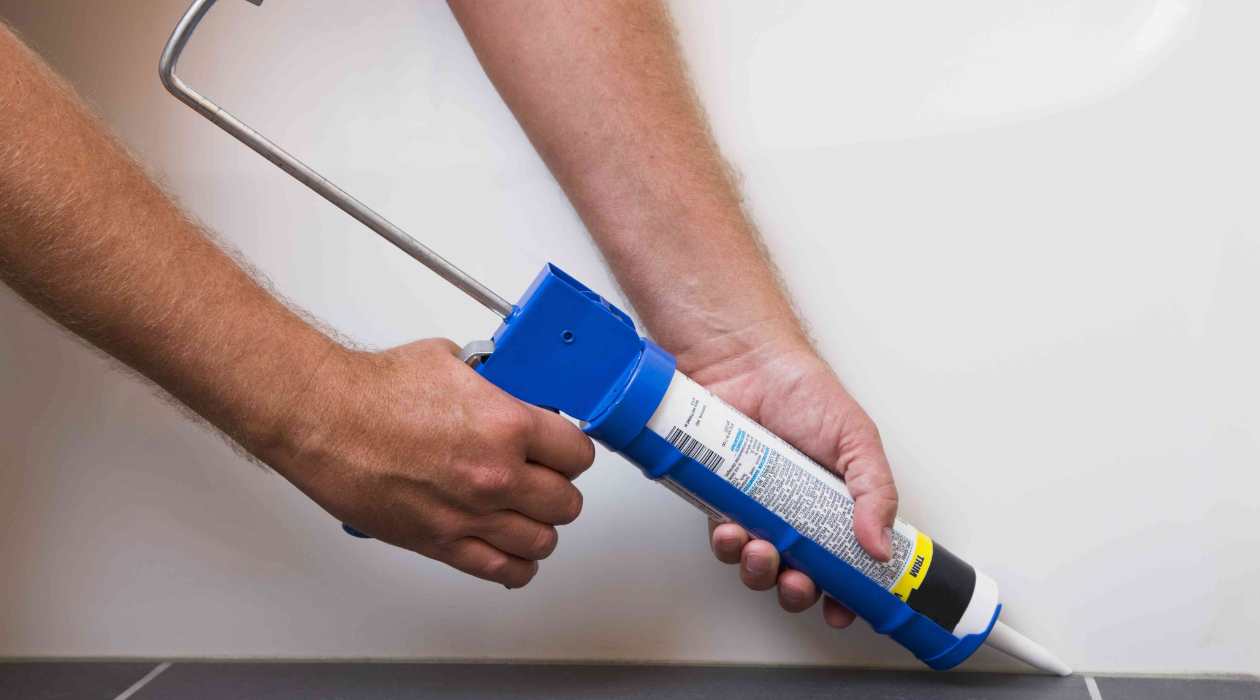
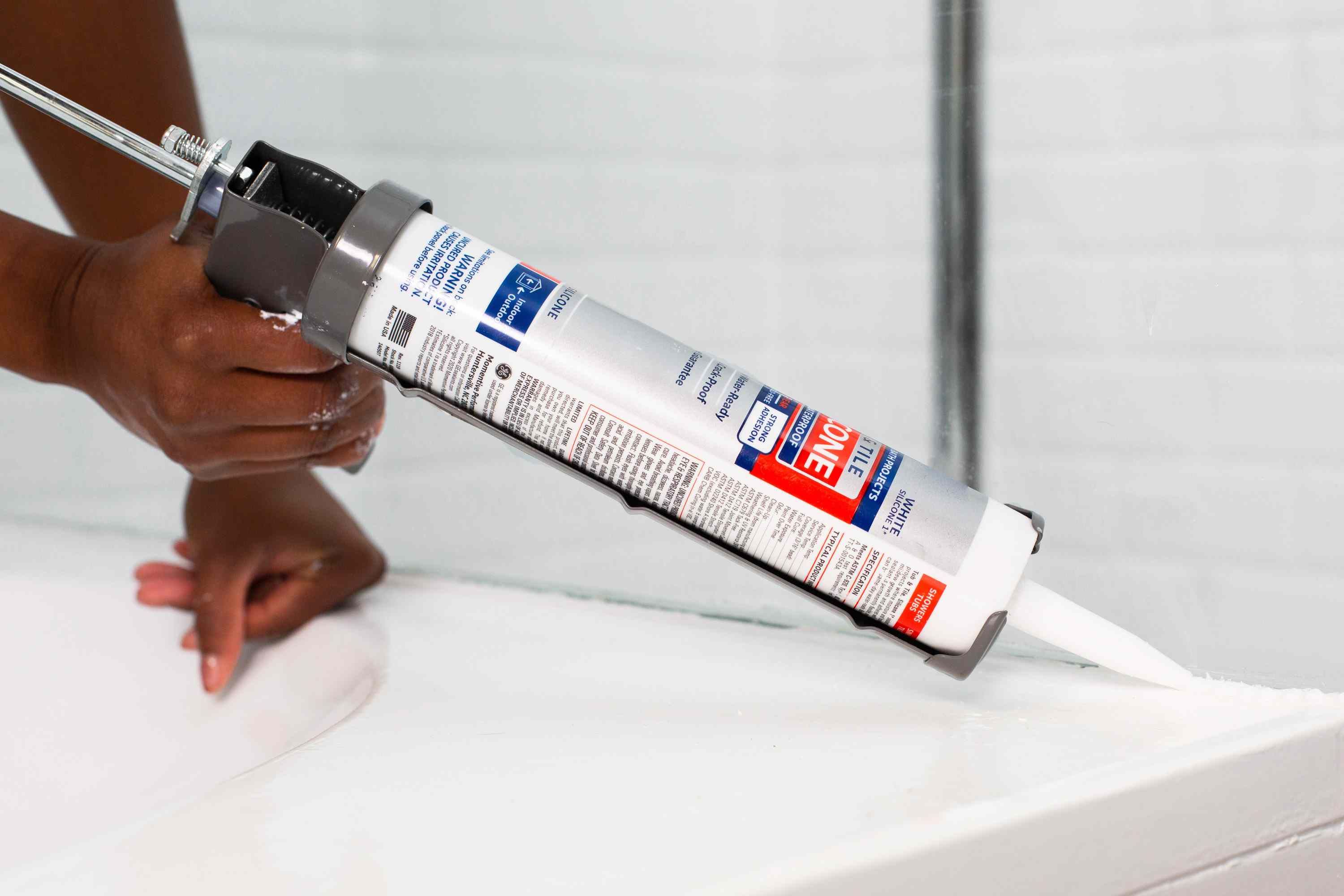
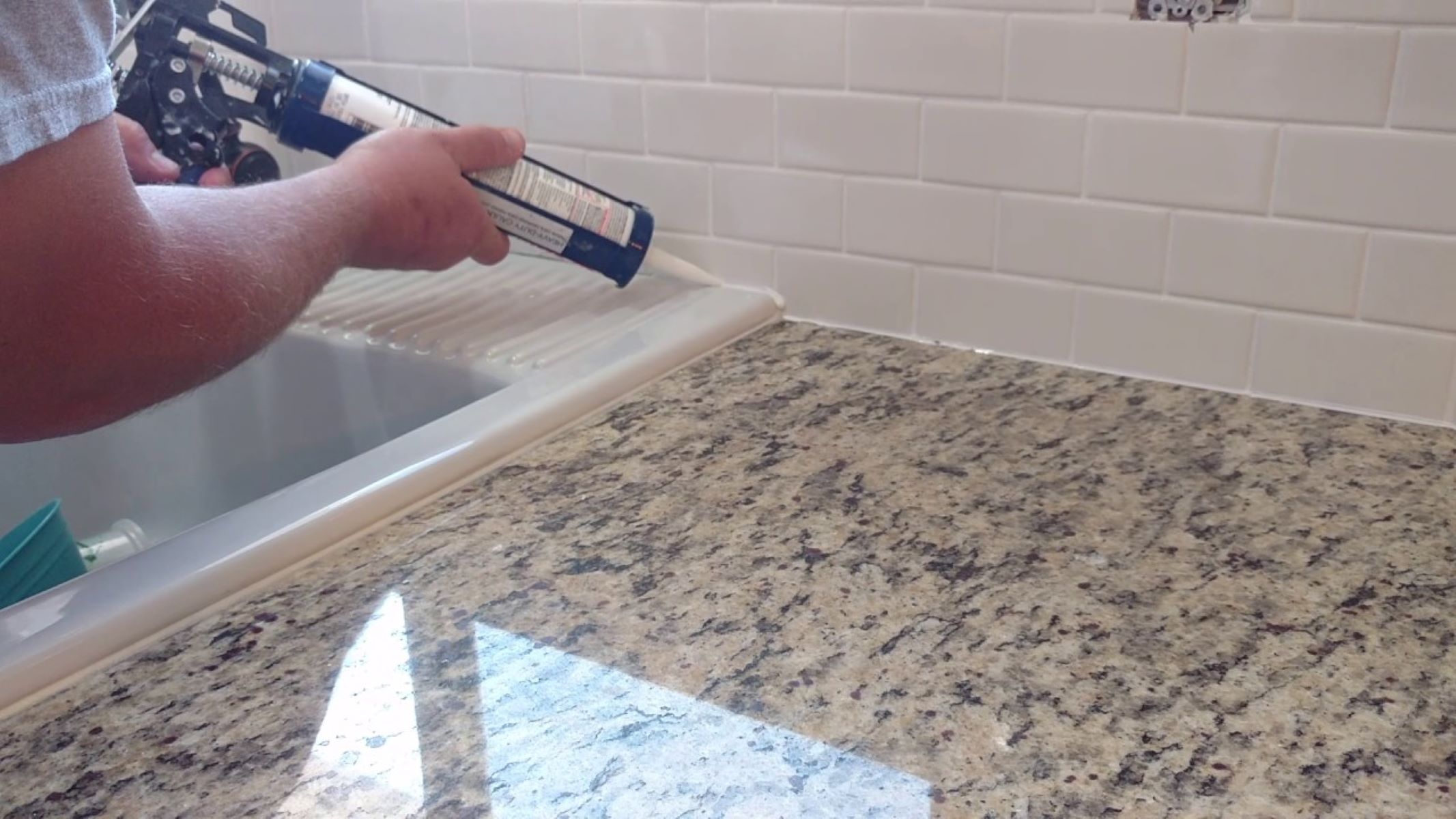
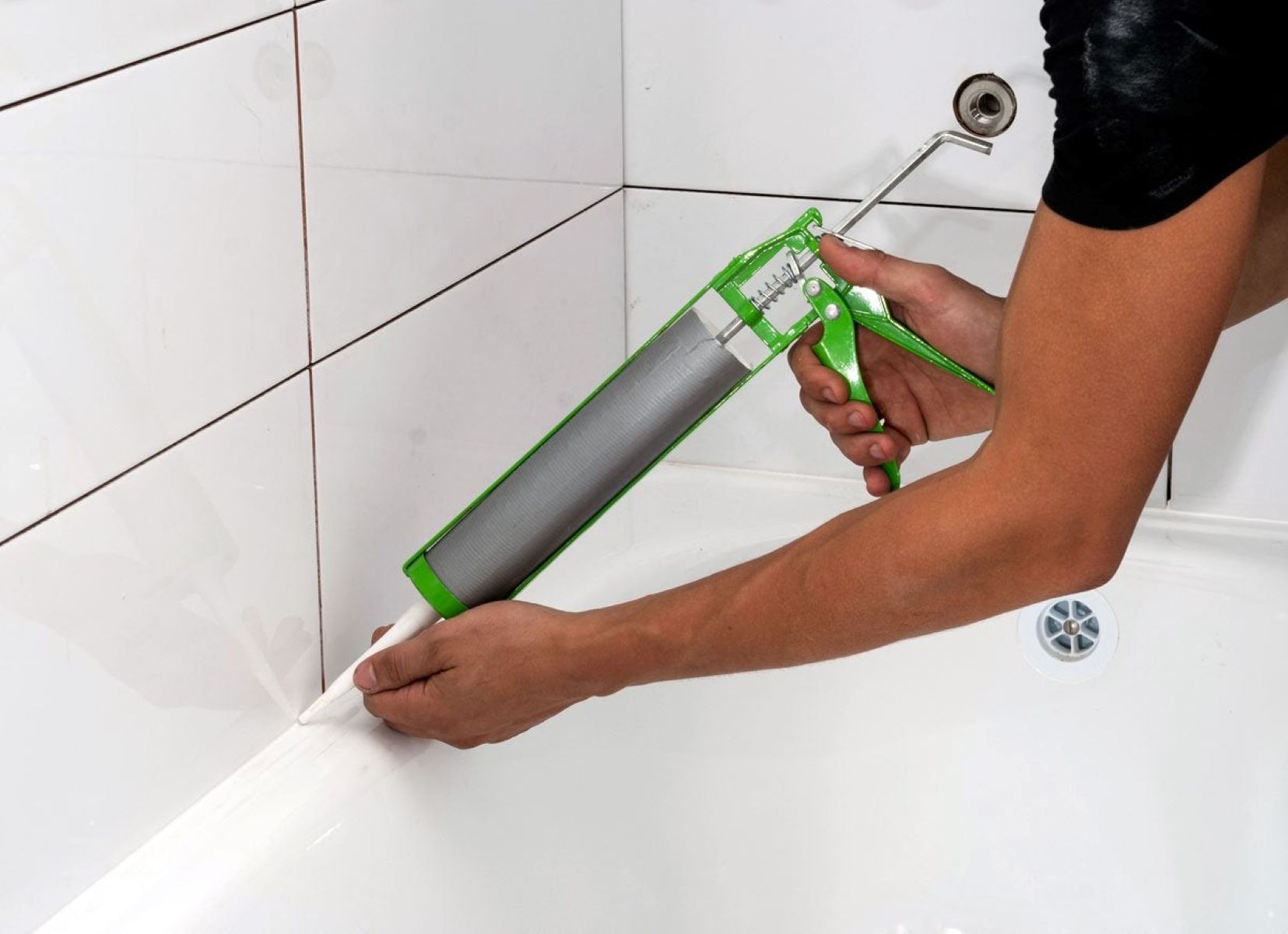
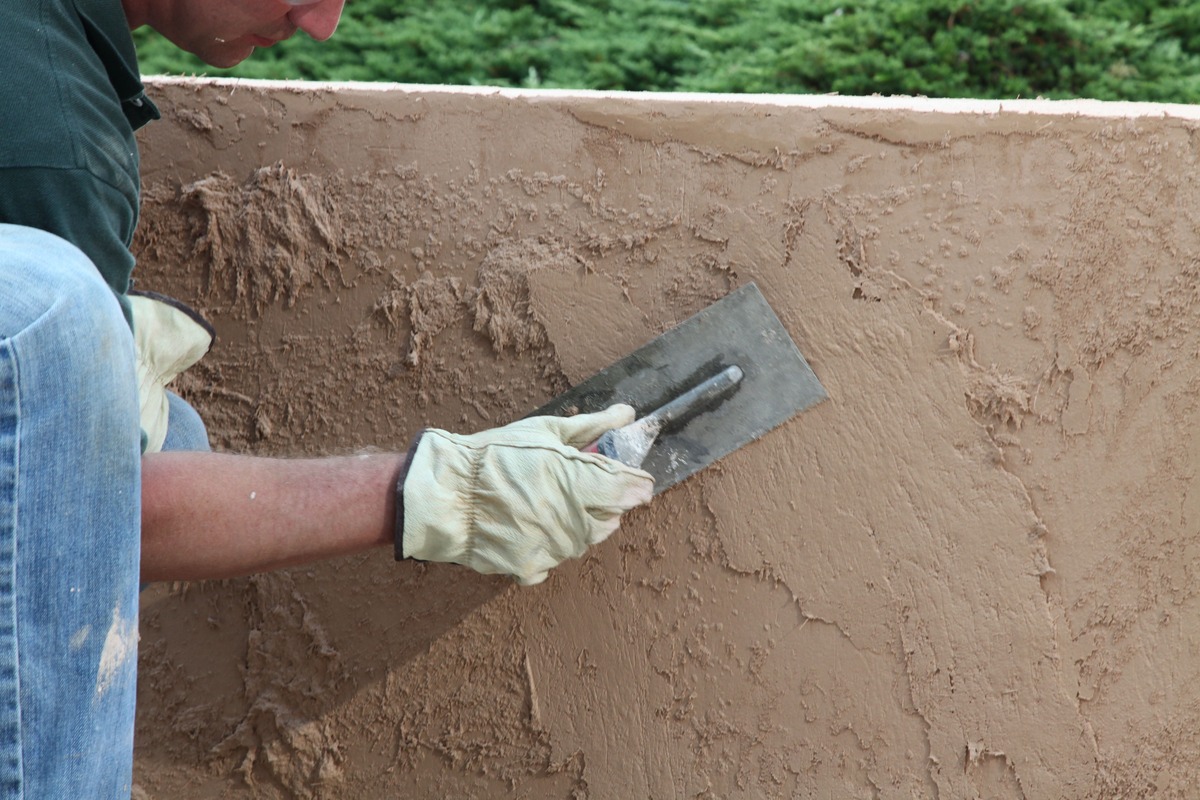
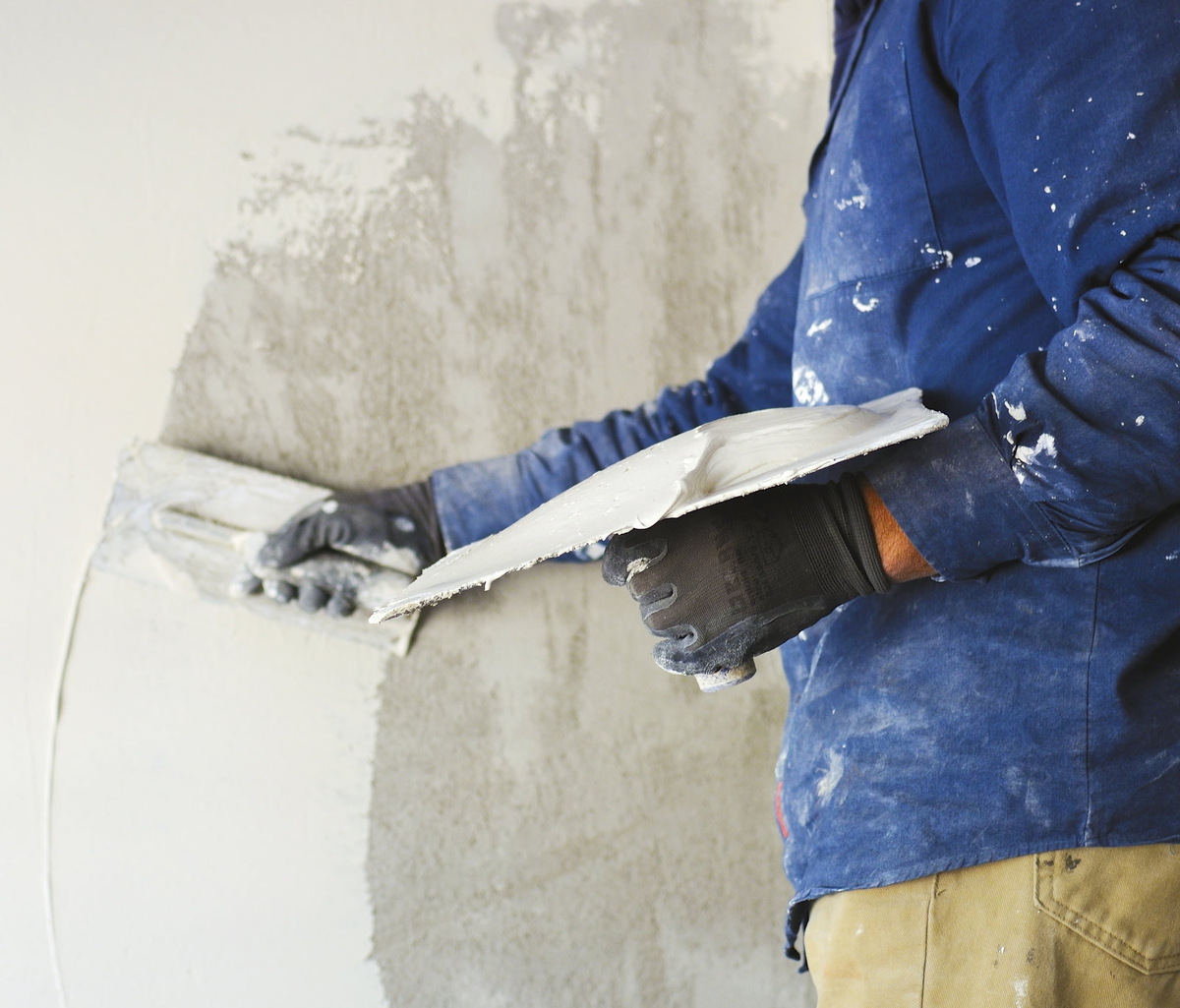

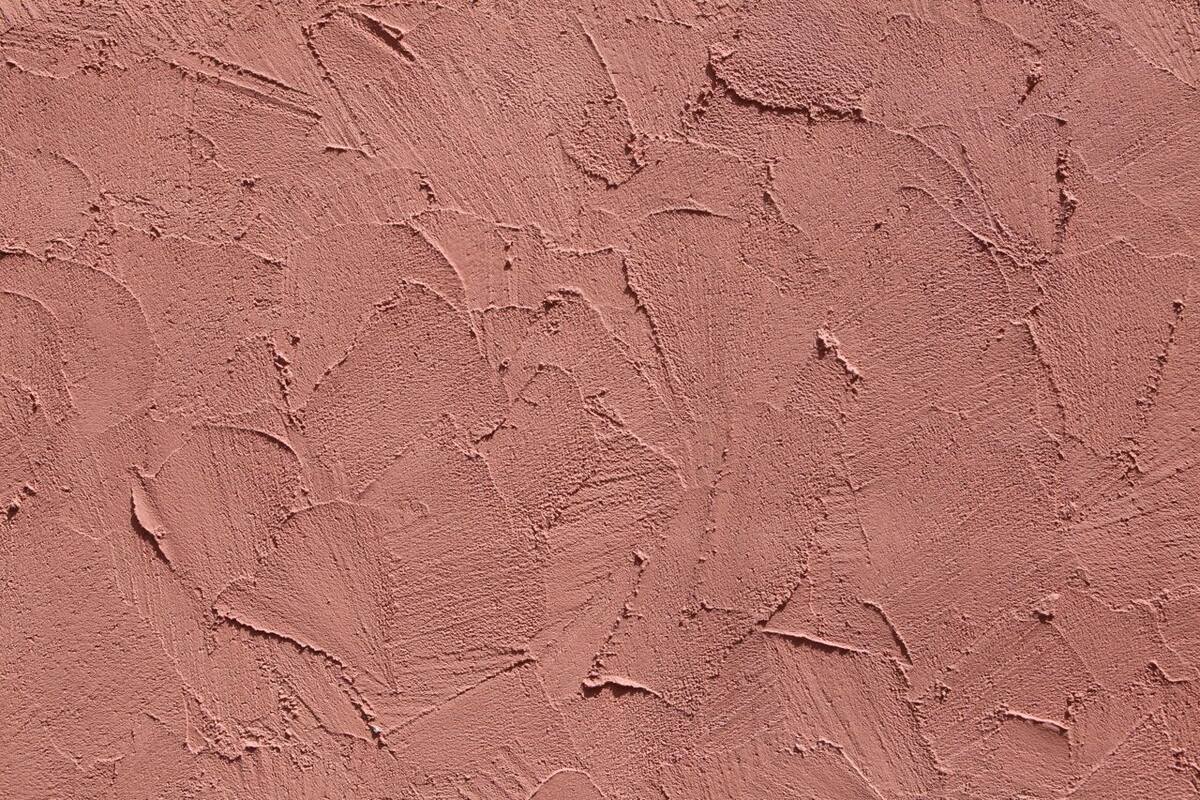
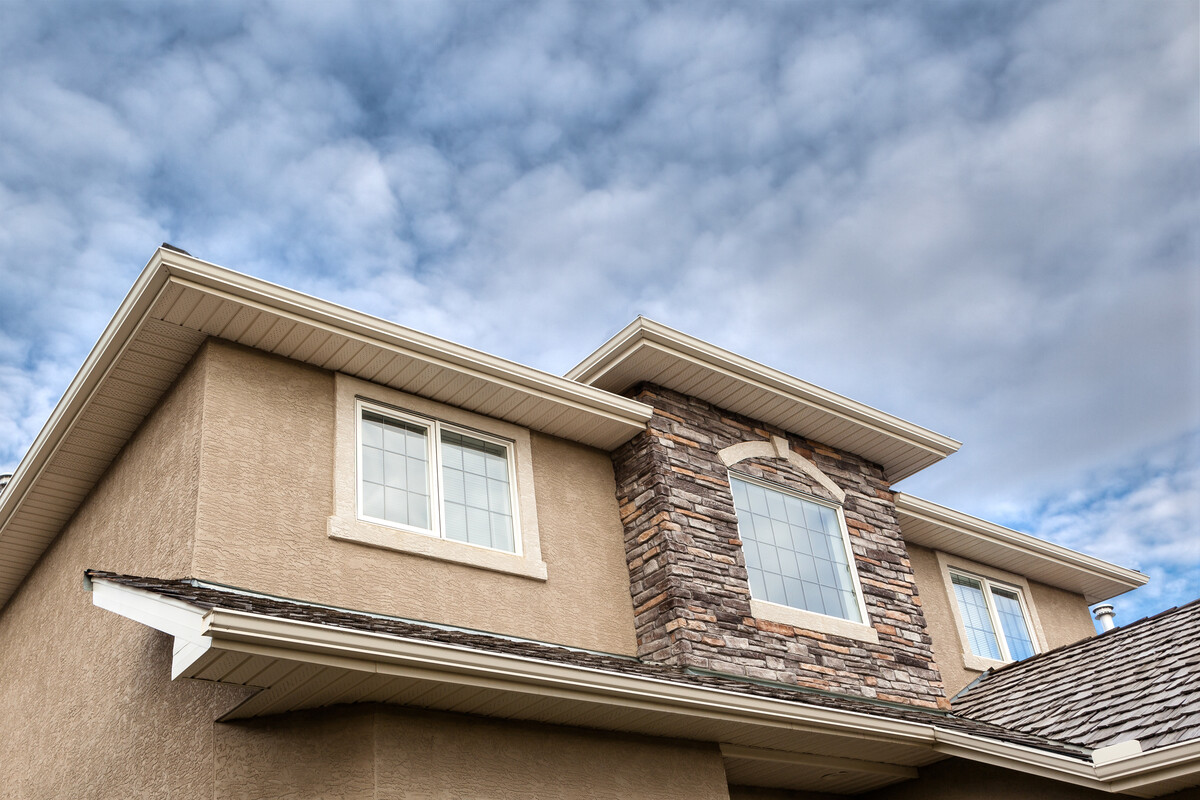
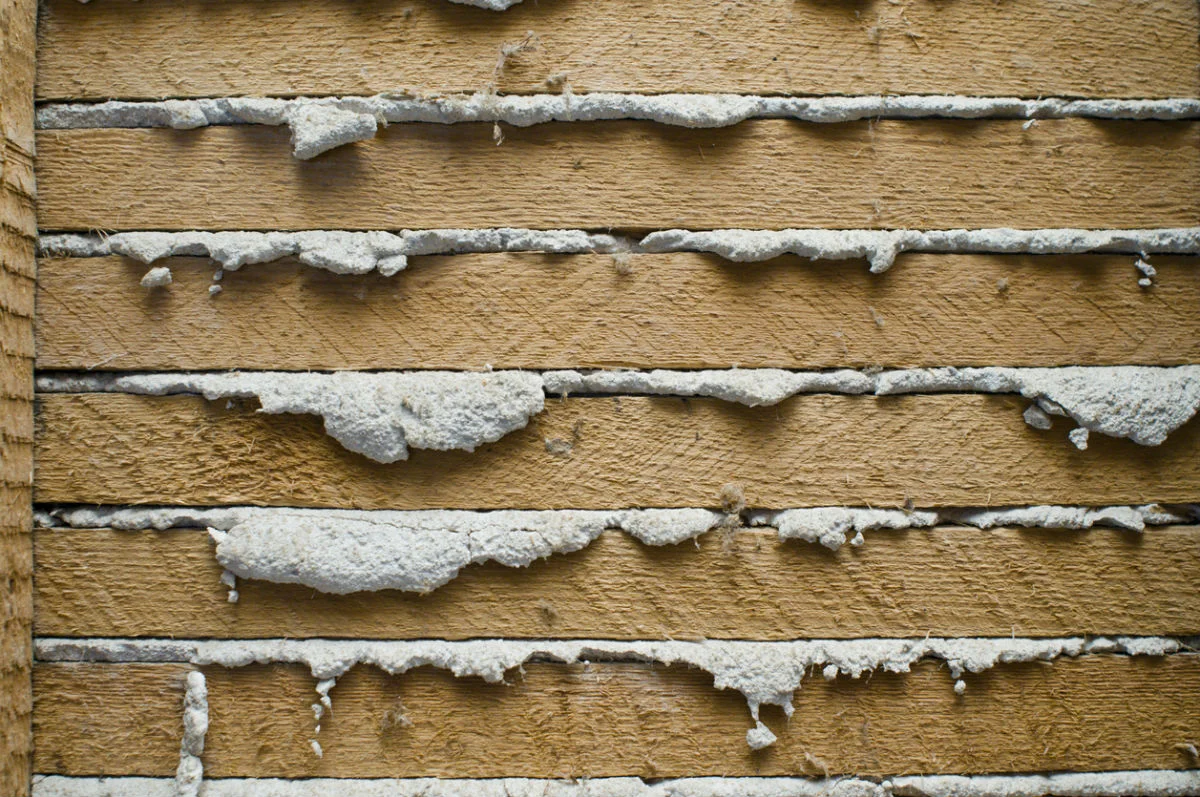
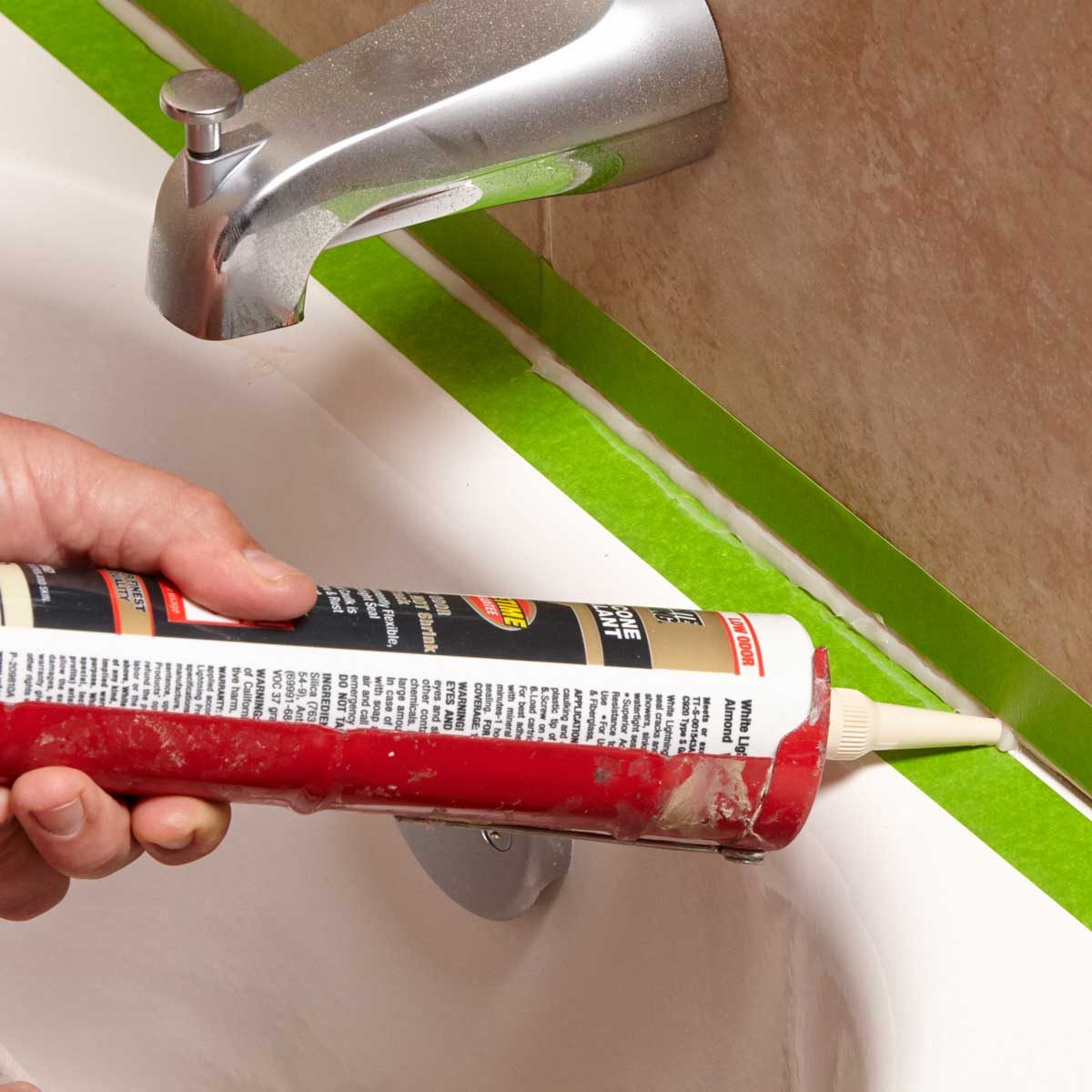
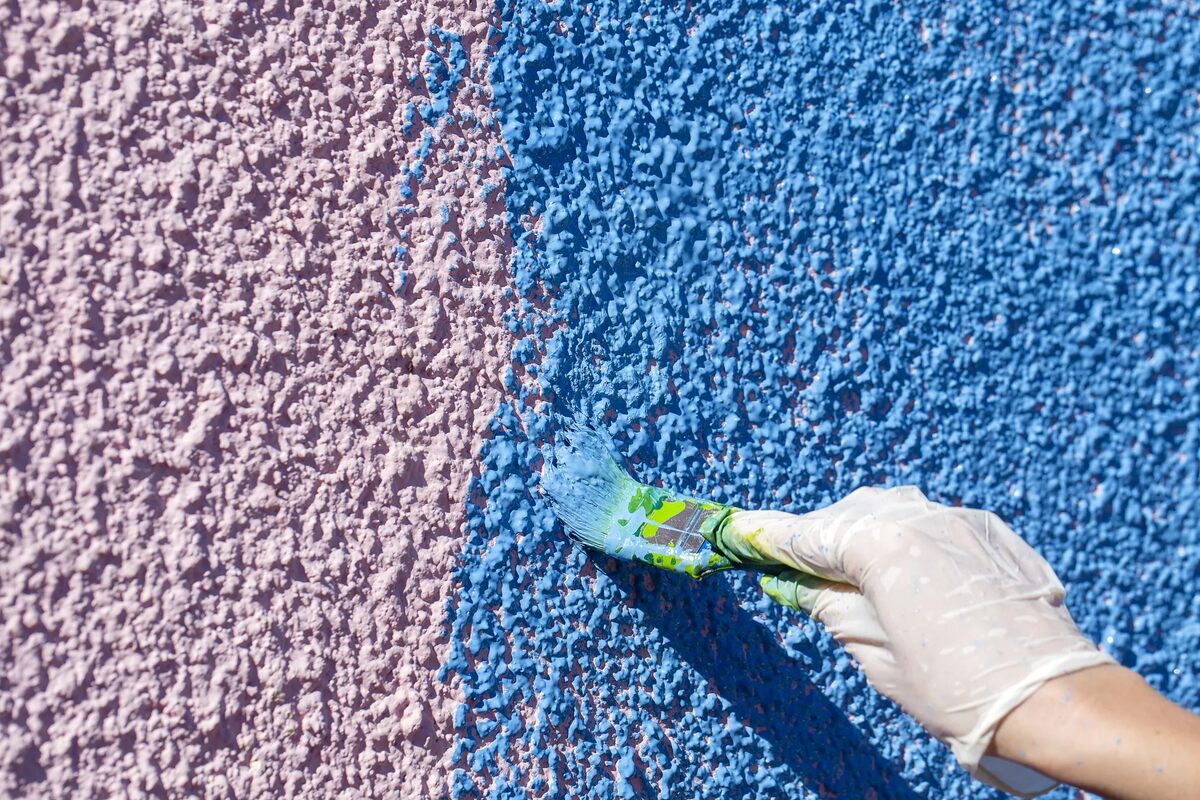
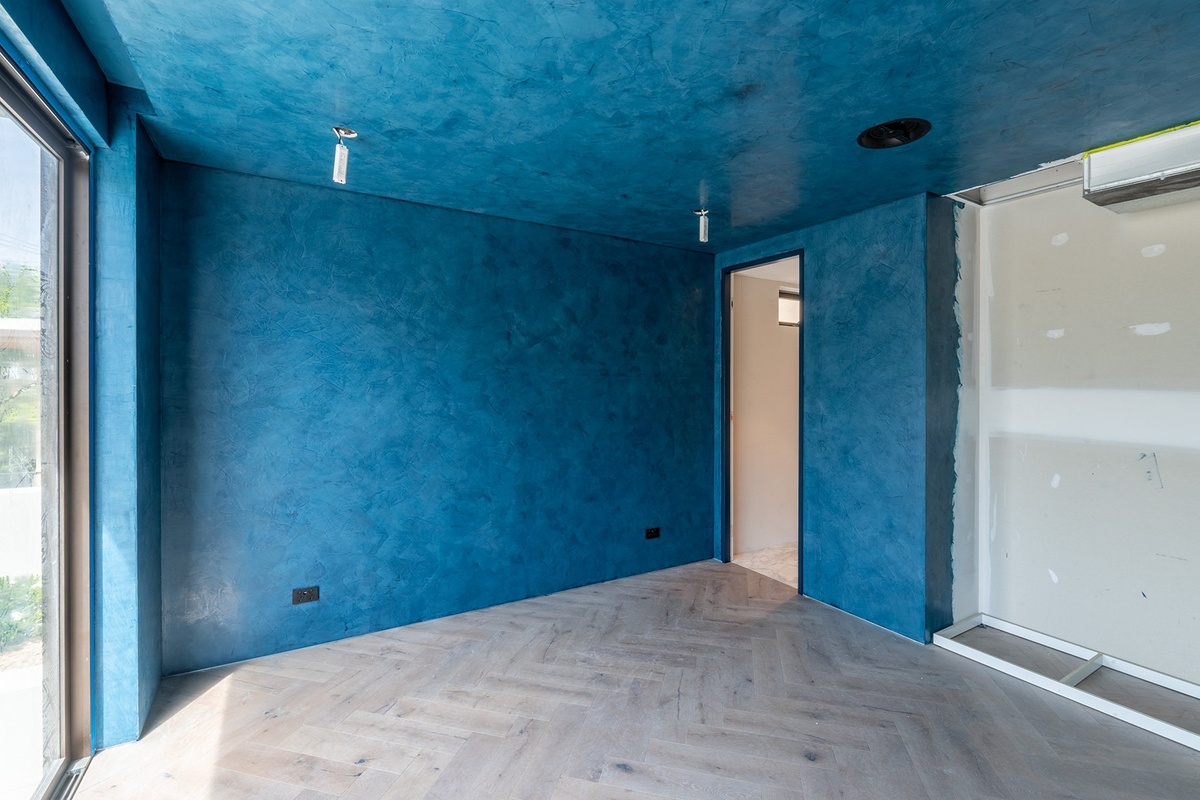
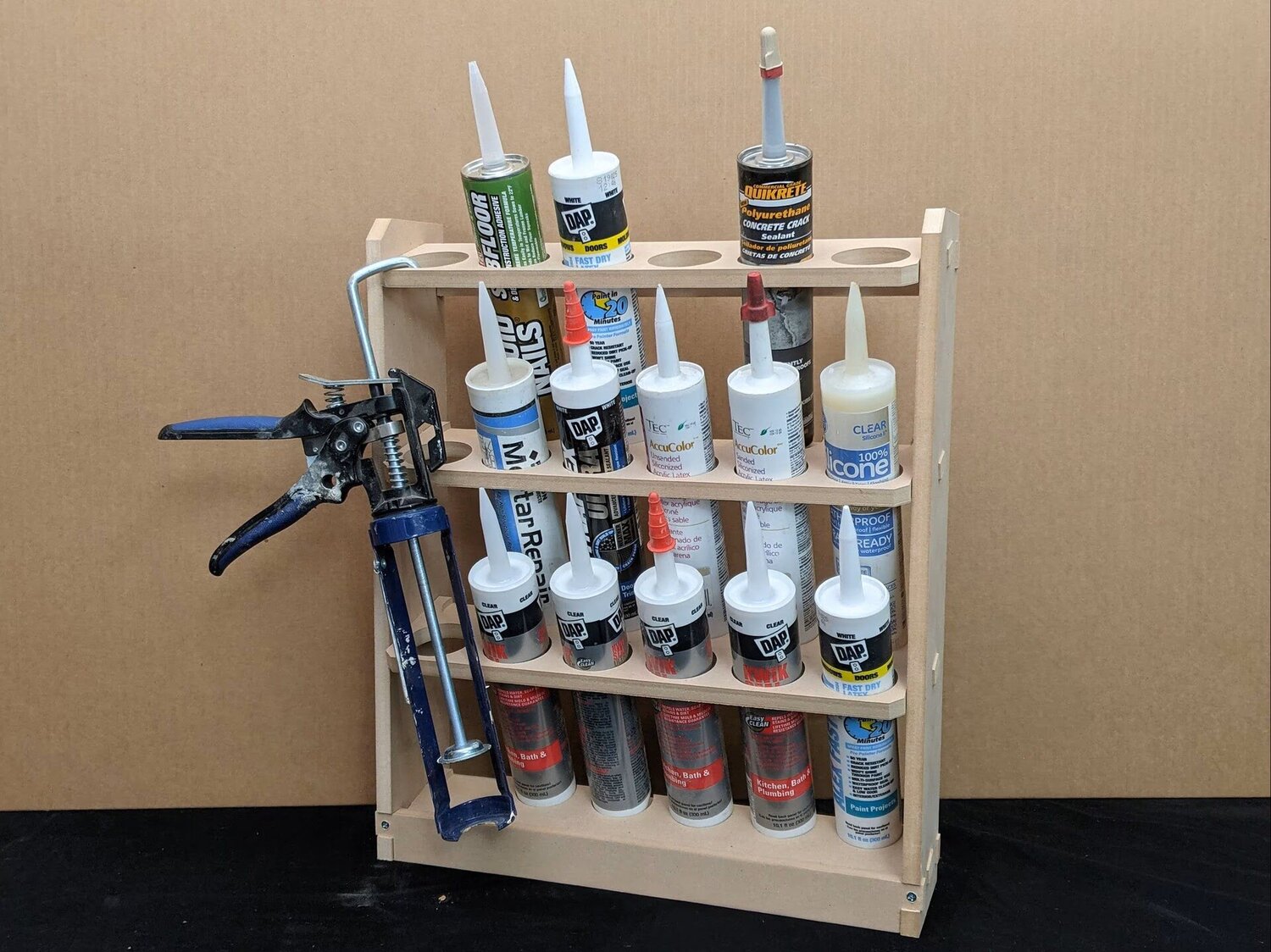

0 thoughts on “What Caulking To Use For Stucco Cracks”